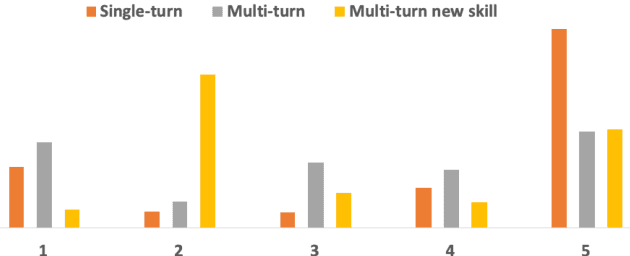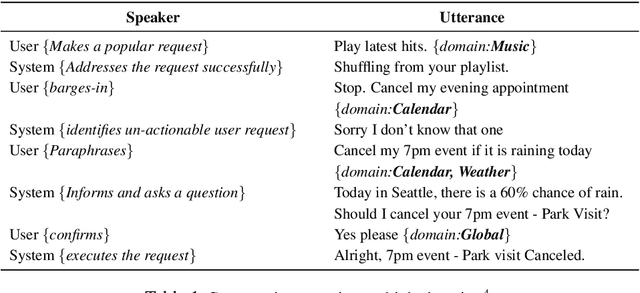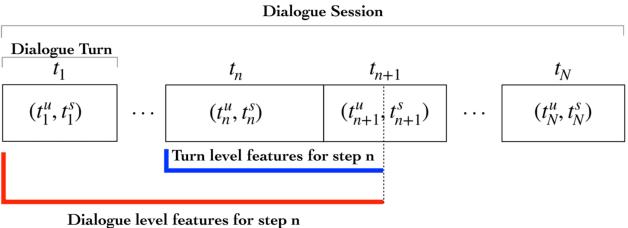Joshua Levy
Contrastive Unsupervised Learning for Speech Emotion Recognition
Feb 12, 2021

Abstract:Speech emotion recognition (SER) is a key technology to enable more natural human-machine communication. However, SER has long suffered from a lack of public large-scale labeled datasets. To circumvent this problem, we investigate how unsupervised representation learning on unlabeled datasets can benefit SER. We show that the contrastive predictive coding (CPC) method can learn salient representations from unlabeled datasets, which improves emotion recognition performance. In our experiments, this method achieved state-of-the-art concordance correlation coefficient (CCC) performance for all emotion primitives (activation, valence, and dominance) on IEMOCAP. Additionally, on the MSP- Podcast dataset, our method obtained considerable performance improvements compared to baselines.
Domain-Independent turn-level Dialogue Quality Evaluation via User Satisfaction Estimation
Aug 19, 2019



Abstract:An automated metric to evaluate dialogue quality is vital for optimizing data driven dialogue management. The common approach of relying on explicit user feedback during a conversation is intrusive and sparse. Current models to estimate user satisfaction use limited feature sets and rely on annotation schemes with low inter-rater reliability, limiting generalizability to conversations spanning multiple domains. To address these gaps, we created a new Response Quality annotation scheme, based on which we developed turn-level User Satisfaction metric. We introduced five new domain-independent feature sets and experimented with six machine learning models to estimate the new satisfaction metric. Using Response Quality annotation scheme, across randomly sampled single and multi-turn conversations from 26 domains, we achieved high inter-annotator agreement (Spearman's rho 0.94). The Response Quality labels were highly correlated (0.76) with explicit turn-level user ratings. Gradient boosting regression achieved best correlation of ~0.79 between predicted and annotated user satisfaction labels. Multi Layer Perceptron and Gradient Boosting regression models generalized to an unseen domain better (linear correlation 0.67) than other models. Finally, our ablation study verified that our novel features significantly improved model performance.
 Add to Chrome
Add to Chrome Add to Firefox
Add to Firefox Add to Edge
Add to Edge